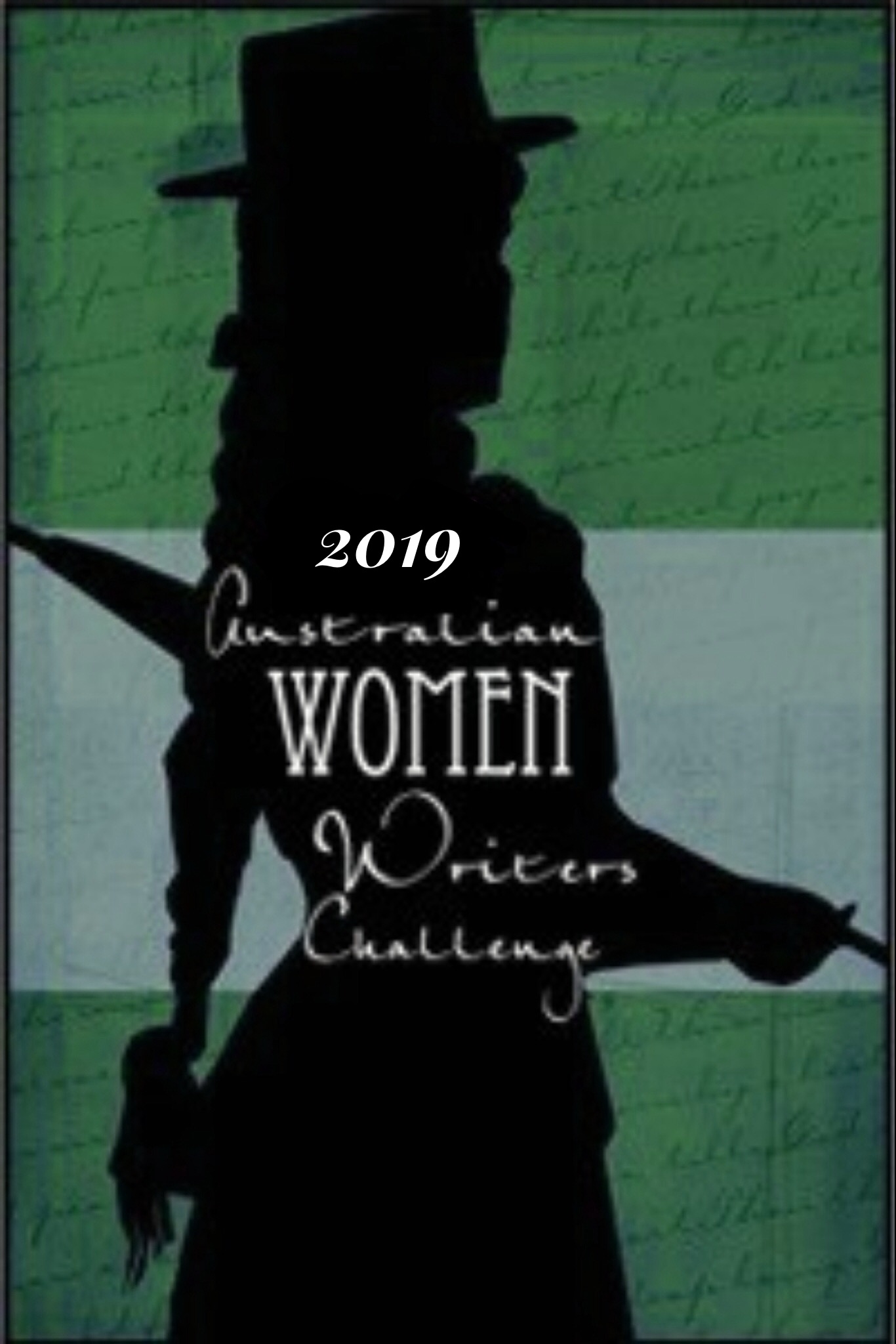Brake and accelerate: writing advice from Chuck Wendig
Posted: June 30, 2013 Filed under: On writing | Tags: Chuck Wendig, editing, pacing, writing Leave a commentOne of the things I struggle with as a writer is pacing. My first book needed major editorial surgery—after pointy-edged feedback from various folks, whom I owe for their insight and honesty—before I was able to get it right. It was less a problem of exposition in my case but of description. I was describing a lot of things, but many of them were the wrong things. What a room looked like, rather than what the character was feeling. Boring stuff, not the juicy stuff a reader really wants to know. Yawn.
So when Chuck Wendig posted his latest advice blog post, 50 Rantypants Snidbits Of Random Writing & Storytelling Advice, this one particularly struck me.
Know what speeds your story up and what slows it down. Dialogue is lubricant: frictionless. Description is grit: friction-filled. Action is a coked-up jackrabbit; exposition is a tired sloth. Short chapters are a bottle rocket; long chapters are a big boat. A story is the slowness of alcohol with the swiftness of meth; sometimes a story needs oxygen to breathe. Sometimes a story needs oxygen to light things on fire. Tension/recoil. Momentum/restriction. Green light. Red light.
Because I love writing dialogue, now I suspect I’ll need to guard against going too far the other way—too fast instead of too slow. (Of course, this is a problem to deal with when you’re editing, not drafting. When you draft, just get it down any way it falls out of your hands or mouth.)
Anyway, follow Chuck Wendig’s blog. Even if profanity offends you (and, believe me, he doles that out like Halloween sweets), follow his blog. He’s cussing you out for your own good. :p



